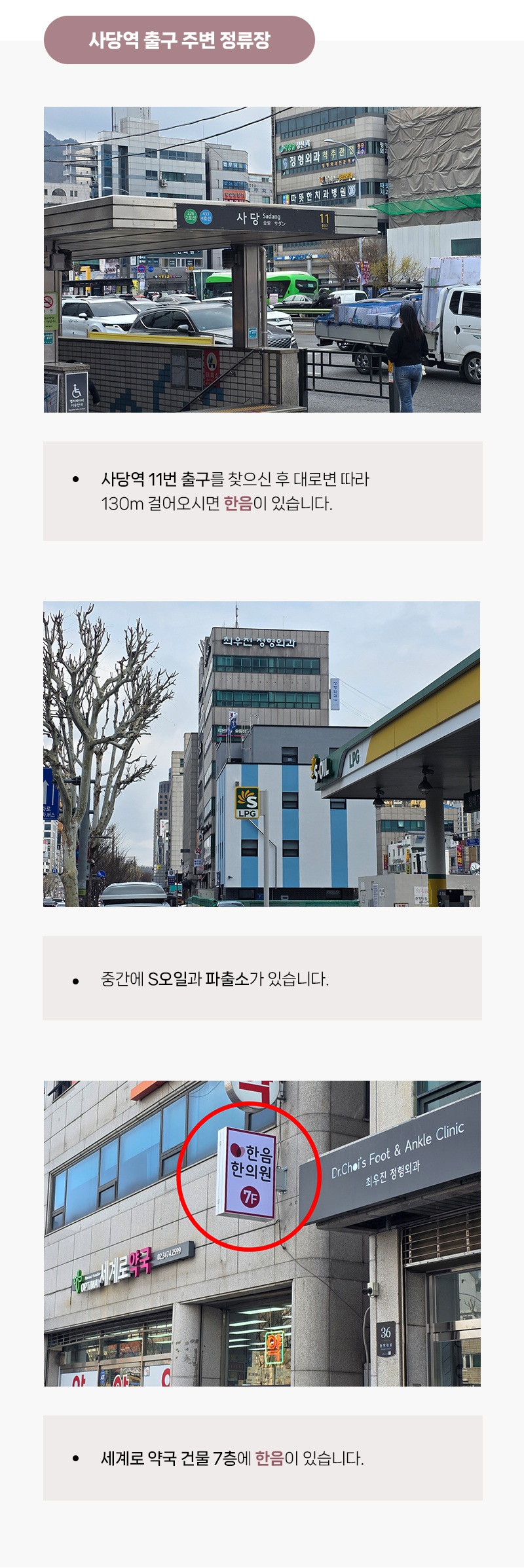Haneum
의학 논문
한음이 발표한 의학논문입니다.
한음
ㆍ
2024.03.22
ㆍ
추천
0
ㆍ
조회
753
한음
ㆍ
2024.03.22
ㆍ
추천
0
ㆍ
조회
771
한음
ㆍ
2024.03.22
ㆍ
추천
0
ㆍ
조회
761
한음
ㆍ
2024.03.22
ㆍ
추천
0
ㆍ
조회
774
한음
ㆍ
2024.03.22
ㆍ
추천
0
ㆍ
조회
778
한음
ㆍ
2024.03.22
ㆍ
추천
0
ㆍ
조회
792
한음
ㆍ
2024.03.22
ㆍ
추천
0
ㆍ
조회
821
한음
ㆍ
2024.03.22
ㆍ
추천
0
ㆍ
조회
794
한음
ㆍ
2024.03.22
ㆍ
추천
0
ㆍ
조회
792
한음
ㆍ
2024.03.22
ㆍ
추천
0
ㆍ
조회
813

































